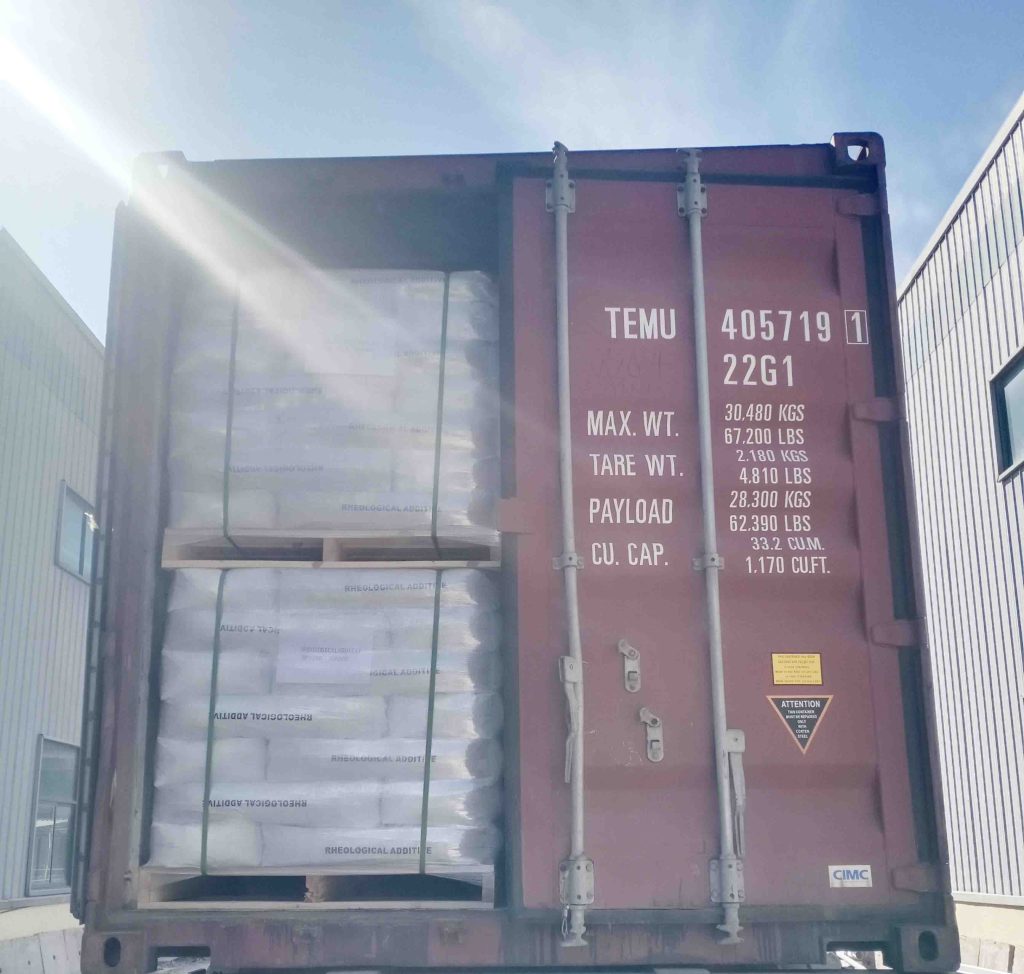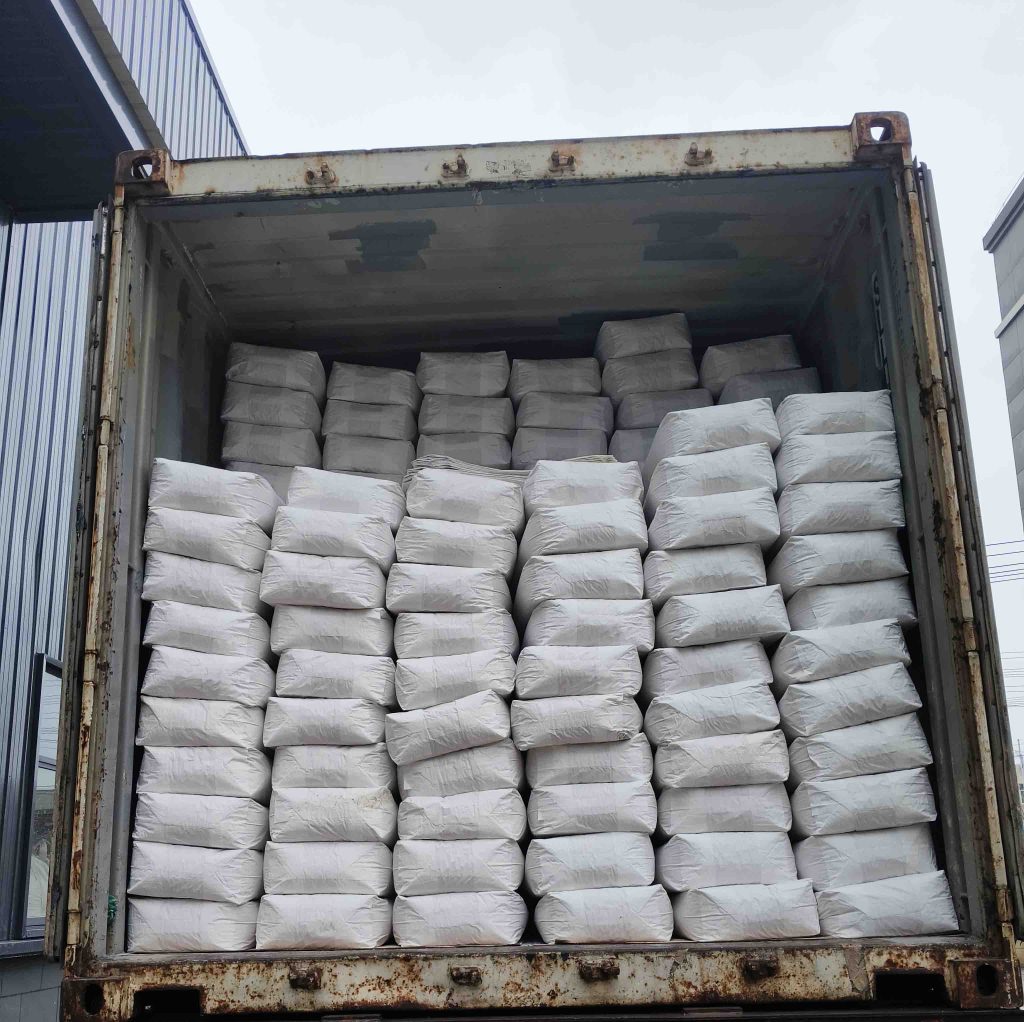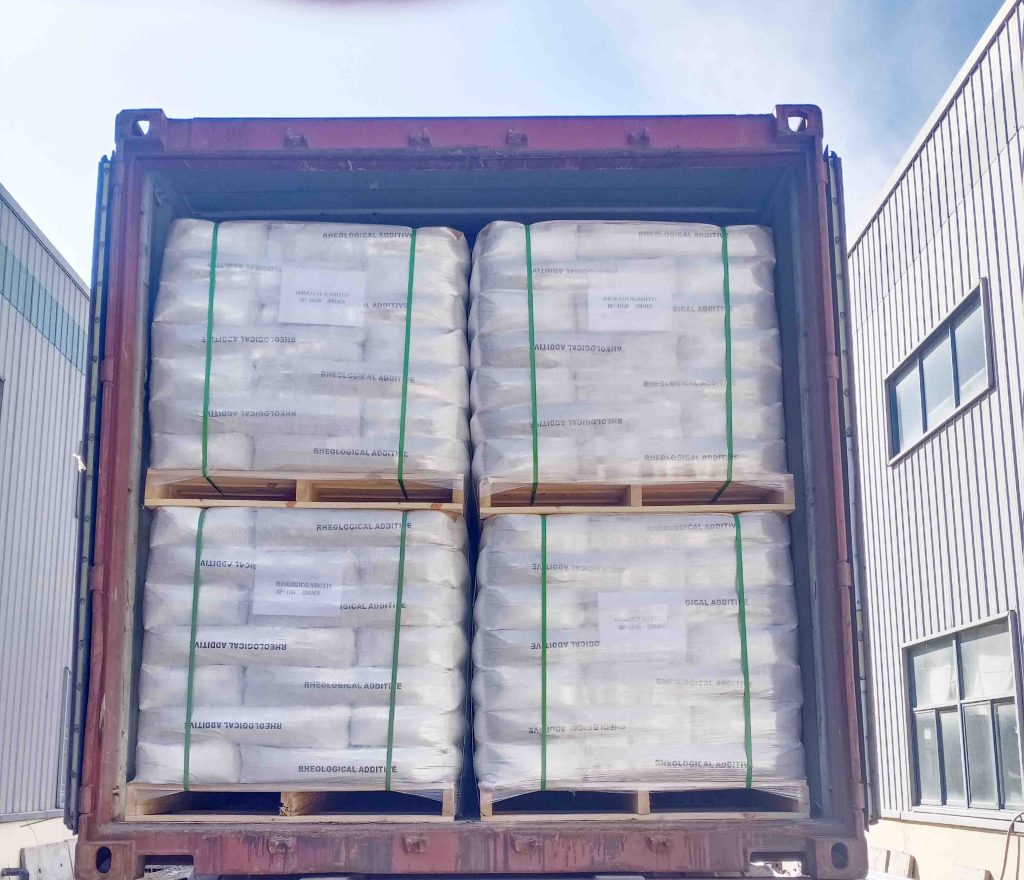Types of glass beads: When choosing glass beads in plastics, we have to consider the size and shape distribution of the glass, surface treatment, chemical properties and so on.
types of glass beads

What Are Bead Blasting’s Applications?
| Aerospace industry | Remove rust and paint from mechanical components to remove knife marks. |
| Remove scratches on the rubber | Reflective paint for roads |
| Scratch treatment on the surface of stainless steel. | |
| Foundry industry; | Pre processing in the electroplating industry. |
| Semiconductor Industry | Crafts for exterior decoration |
types of glass beads
How to choose the right glass beads when making plastic products? When choosing glass beads in plastics, we have to consider the size and shape distribution of the glass, surface treatment, chemical properties and so on.
Size of glass beads for blasting
Model of Bead blasting glass | Sieve Size (mesh) | Particle Size Range(μm) |
WSL17L# | 20~40 | 425 ~ 850 |
WSL 18L# | 30~40 | 425 ~ 600 |
WSL 19L# | 40~60 | 300 ~ 425 |
WSL 20L# | 60~100 | 150 ~ 300 |
WSL 21L# | 70~140 | 106 ~ 212 |
WSL 22L# | 100~140 | 106 ~ 150 |
WSL 23L# | 100~200 | 75 ~ 150 |
WSL 24L# | 140~200 | 75 ~ 106 |
WSL 25L# | 140~270 | 53 ~ 106 |
WSL 26L# | 200~325 | 45 ~ 75 |
Specification of Bead blasting glass
| Specific gravity | 2.4-2.6 g/m3 |
| Stacking density | 1.5g/cm3 |
| Type | Blasting / Shot Peening Media |
| Spherical | |
| Rockwell hardness: | 46HRC |
| Mohs | 6-7 |
| Round rate | 80% |
| Melting point | 710-730 ℃ |
| Index of refraction | 1.5—1.6 |
There are several key factors to consider when choosing the right glass beads:
1. Size: Different sizes affect the final properties of the plastic. Smaller beads can increase the strength and rigidity of plastic while maintaining a lower density, while larger beads may result in a stiffer but more brittle plastic product.
Choose the right size of glass beads for your application.
2. Shape: The more spherical a glass bead is, the stronger its properties will be. Irregular spherical shape may affect its performance.
3. Distribution: The uniformity of the distribution of glass beads in plastics is also important. Uniformly distributed beads provide a more consistent enhancement.
4. Surface treatment: The surface of glass beads can be acid washed, coated, or other special treatments to improve the bonding of the glass beads to the plastic.
5. Chemical Stability: The glass beads selected should have good chemical stability to resist the chemicals that may be encountered during the processing of plastics.
6. Cost-effectiveness: Cost-effectiveness is also extremely important, and controlling costs is an important consideration in the manufacture of plastics.


